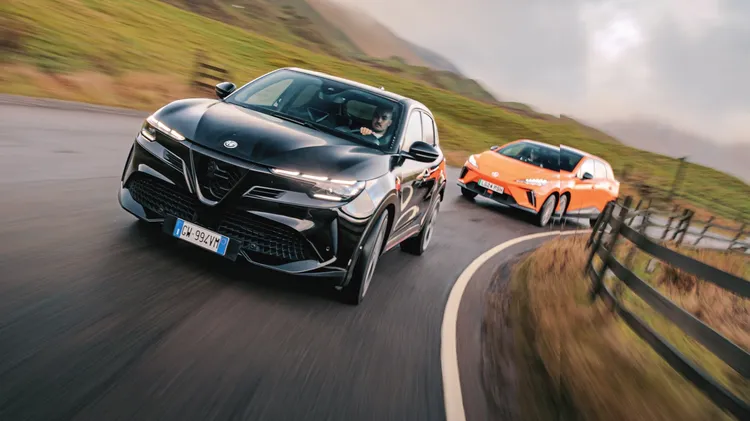Sluggish sales and disappointing levels of demand f
Speed bumps will not slow the car industry
12 min read
This article is from...
Read this article and 8000+ more magazines and newspapers on Readly






